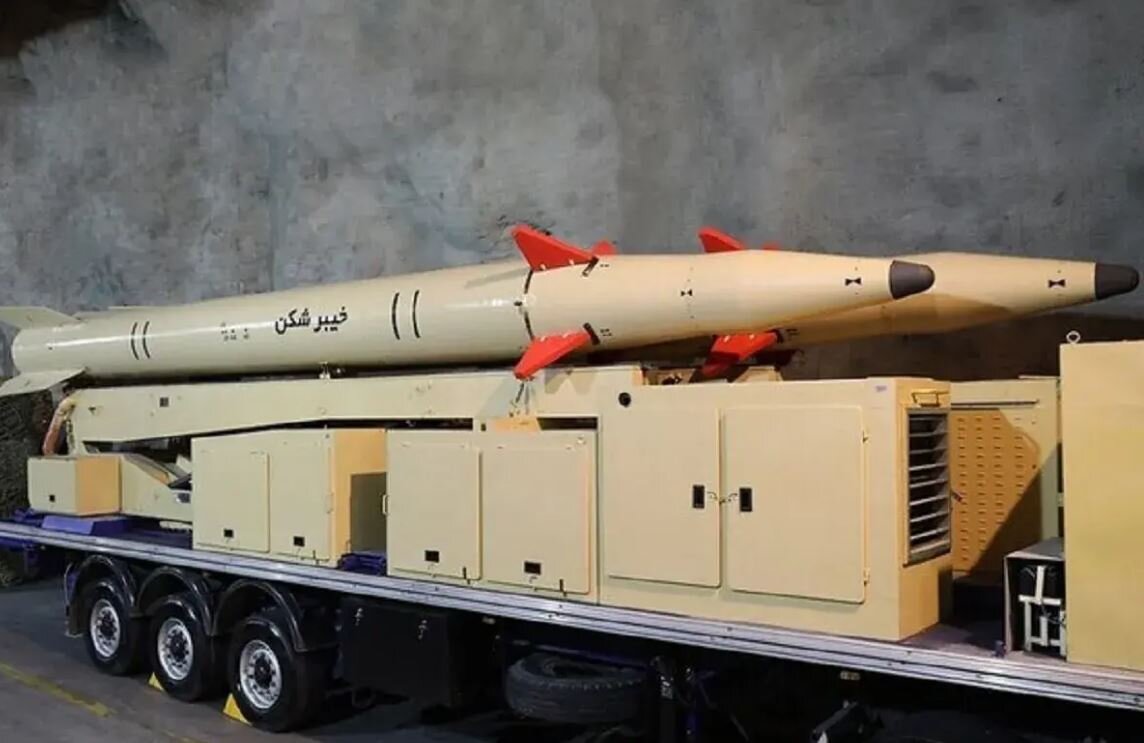Iran used its older generation of missiles during recent war with Israel, says defense minister

TEHRAN – Iran’s Minister of Defense and Armed Forces Logistics has declared that the country possesses advanced missile systems with significantly greater capabilities than those deployed during the recent 12-day war against Israel, cautioning that Tehran will not hesitate to use them in response to any new hostilities.
Speaking on the sidelines of a meeting with foreign military attachés in Tehran held to mark “Defense Industry Day,” Brigadier General Azizi Nasirzadeh emphasized that the missiles used in the conflict were developed several years ago but still proved effective in striking key targets.
“In the 12-day war, we faced an adversary that was fully supported,” Nasirzadeh told reporters. “The Islamic Republic of Iran was not only confronting the Zionist regime, but also the full logistical, intelligence, and operational support of the United States.”
According to the defense minister, Iran’s armed forces relied exclusively on domestically produced weaponry throughout the conflict. “Everything employed in the war was the product of our own defense industries,” he said. “The world witnessed how our missiles struck their targets and inflicted heavy losses on the Zionist enemy.”
Nasirzadeh also accused Israel of imposing tight media censorship to conceal the extent of the damage. Nevertheless, he said, information that gradually emerged confirmed the precision and destructive power of Iranian missile strikes. “Our missile capabilities today are far more advanced than those used in the war,” he added. “We have stronger weapons that have not yet been employed. If the Zionist enemy chooses adventurism again, we will certainly use them.”
The minister highlighted that Israel deployed some of its most advanced U.S.-backed defense systems during the fighting—including THAAD, Patriot, Iron Dome, and Arrow batteries. Yet, in his words, those defenses failed to prevent Iran’s missiles from reaching their targets.
Iran’s top military command praises the readiness of the Armed Forces
Separately, the Commander of Khatam al-Anbiya Central Headquarters affirmed that Iranian forces remain on full alert and continue to closely monitor enemy movements.
The commander made the remarks during a meeting with Hojjatoleslam Pourkhaghan, head of Iran’s Armed Forces Judiciary Organization on Wednesday.
Pourkhaghan expressed confidence that any renewed aggression would trigger an even harsher response. The commander of Khatam al-Anbiya echoed this, stating that Iran’s forces remain fully prepared to counter future threats: “If they miscalculate again and attempt to encroach on our sacred soil, they will face a more crushing response.”
Iran’s missile advances were highlighted during the retaliatory attacks on the occupied territories following the regime’s unprovoked assault on the Iranian soil on June 13 which led to the martyrdom of many civilians across Iran, senior commanders and nuclear scientists.
During the 12-day conflict, one of Iran’s missiles used was the Kheibarshekan, which is part of the third generation of the IRGC’s long-range missile arsenal, and uses solid fuel and can maneuver during reentry to evade missile defenses. Its optimized design reduced its weight by one-third compared to earlier models and cut preparation and launch time by nearly 85 percent. The missile is 10.5 meters long, 80 centimeters in diameter, weighs 4.5 tons, and carries a 500-kilogram high-explosive warhead with a range of 1,400 kilometers.
During the conflict, the Kheibarshekan demonstrated both its destructive power and its ability to overcome advanced U.S. and Israeli defense systems.
Leave a Comment